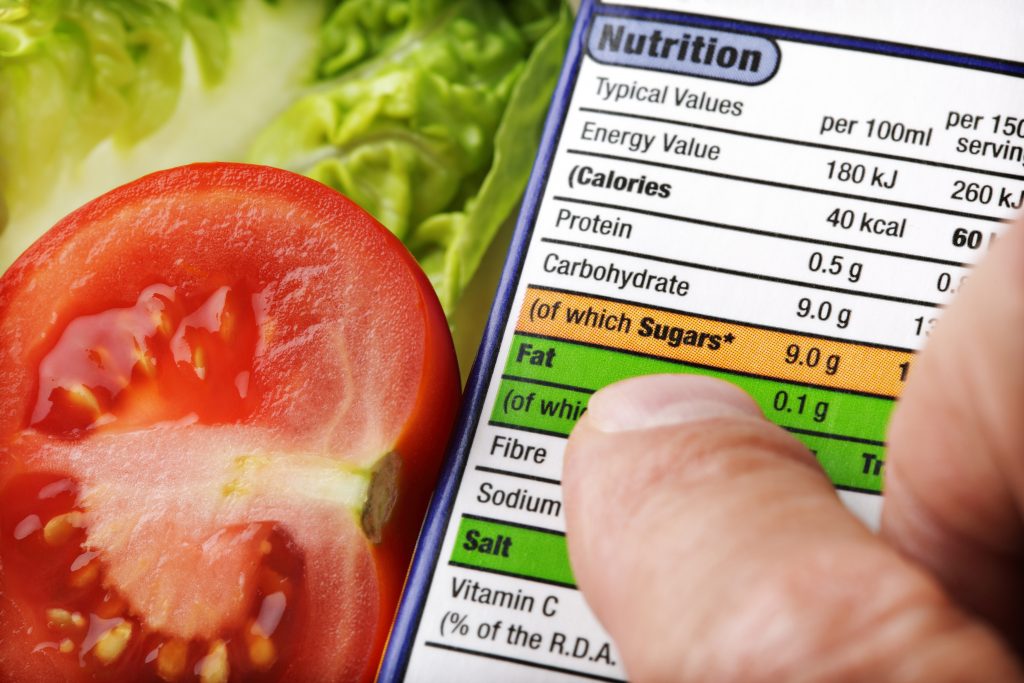Take a look at the ingredients of the packaged foods you eat. You’ll quickly move from foods you know, such as tomato puree or wheat flour, into the strange world of food additives. Names like calcium propionate (used to control mold) or ascorbic acid (an antioxidant and color stabilizer) abound on labels.
Most additives are safe and beneficial, experts say. What’s more, they’re everywhere. It’s tough to find an additive-free processed food, although natural food stores offer products with no preservatives or food colorings.
Still, you should consume some additives sparingly, experts say. Knowing what additives do can help you make wise food choices.
Experts say most additives promote food safety. Calcium propionate, for example, controls mold growth. And ascorbic acid is an antioxidant that keeps foods fresh.
Here are some types of additives, according to the Center for Science in the Public Interest:
- Antioxidants. These help keep foods fresh by slowing down the chemical reaction between oxygen and fat in foods.
- Chelating agents. These trap substances that can cause spoiling.
- Emulsifiers. These keep oil and water from separating.
- Flavor enhancers. These bring out the flavor of food.
- Thickening agents. These are types of carbohydrates that absorb water, making food thicker.
The ingredient list won’t tell you what most additives do, but makers must identify preservatives and colorings.
The Office of Food Additive Safety in the Food and Drug Administration (FDA) study, regulate, and monitor food and color additives. The FDA is responsible for determining the safe use of additives to prevent food poisonings such as botulism or salmonella and other health concerns.
The FDA conducts a multi-stage review to determine whether an additive is safe for consumption. The comprehensive review evaluates the composition and properties of the additive, amount of additive used, immediate and long-term health effects, and other safety factors.

